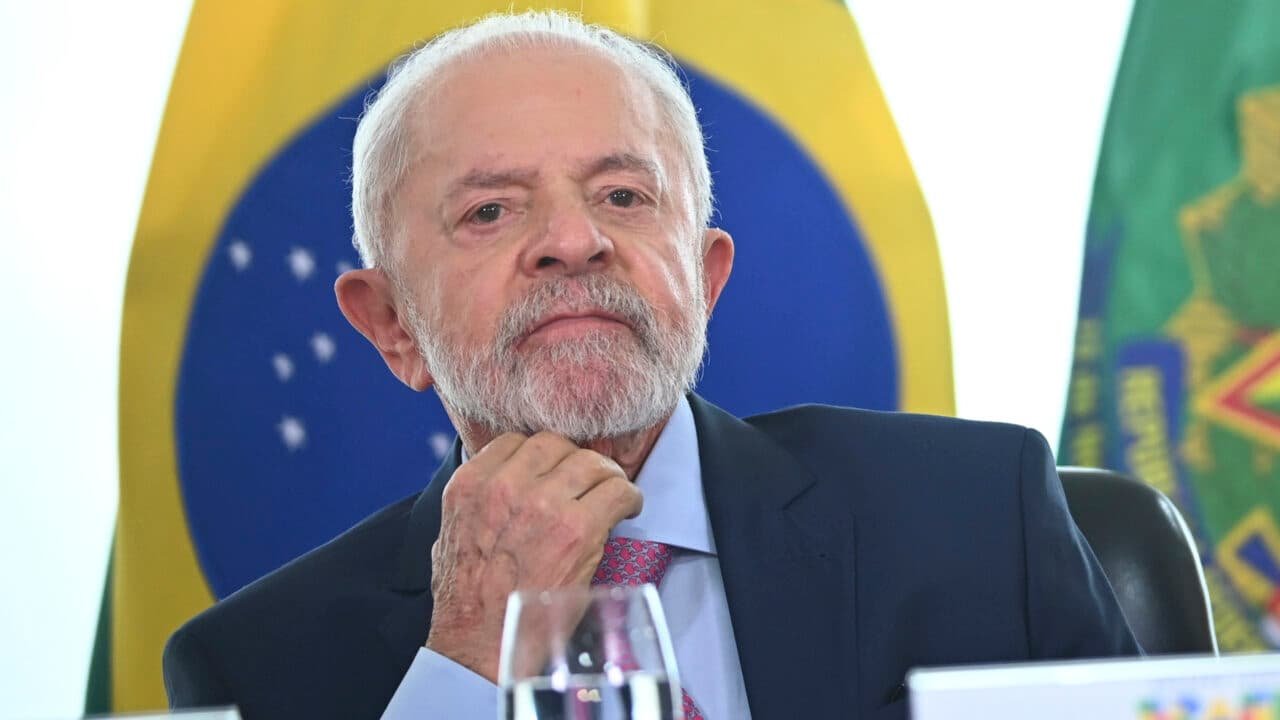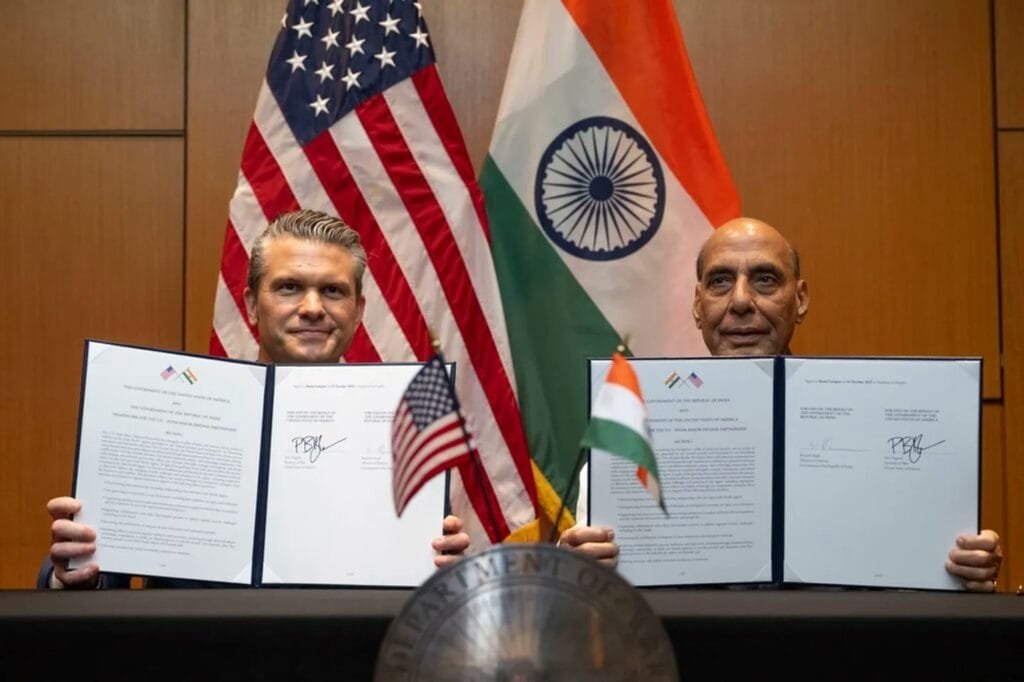Brazil President Luiz Inácio Lula da Silva declared on August 4, that “Brazil today is not as dependent on the United States as it used to be,” adding that “we now maintain widespread trade relations with the whole world” and have “far more opportunities” (as quoted by Brasil247). His remarks come amid escalating tensions with Washington, which recently threatened a 50% tariff on Brazilian exports tied to legal proceedings against former President Jair Bolsonaro.
Lula reiterated that while Brazil values its U.S. economic ties, it refuses to cede on matters of sovereignty, doubling down on its push for economic reciprocity and negotiations on equal footing only. “[We] won’t bow to impositions,” he insisted, criticizing U.S. pressure as bordering on “blackmail” and rejecting the idea that Brazil should be treated as a junior partner. He stressed that the country will not abandon its efforts to develop alternative payment mechanisms through BRICS partners, including the pursuit of an alternative trade currency.
Trade analysts and diplomats note Brazil is now better positioned than in previous decades to withstand U.S. pressure. Only about 1% of Brazil’s GDP depends on U.S. trade, which now accounts for roughly 12% of Brazilian exports, less than half of what China purchases . This relative insulation partly reflects Brazil’s expanded network of partnerships with China, the EU, Japan, and across South America and Africa, a diversification Lula has pursued vigorously through the BRICS bloc, regional summits, and bilateral agreements, including a recent $10 billion Chinese credit line to Latin America and a push for deeper ties with Japan and the Mercosur–EU trade deal.
Despite Lula’s defiant rhetoric, the government maintains that U.S. talks remain on the table but only if conducted with mutual respect and reciprocity. In a message to the Trump administration, he affirmed that Brazil is ready to negotiate, but on equal terms. A trade war may loom, but Brazil says it will no longer play the subordinate role in others’ strategic choreography.





